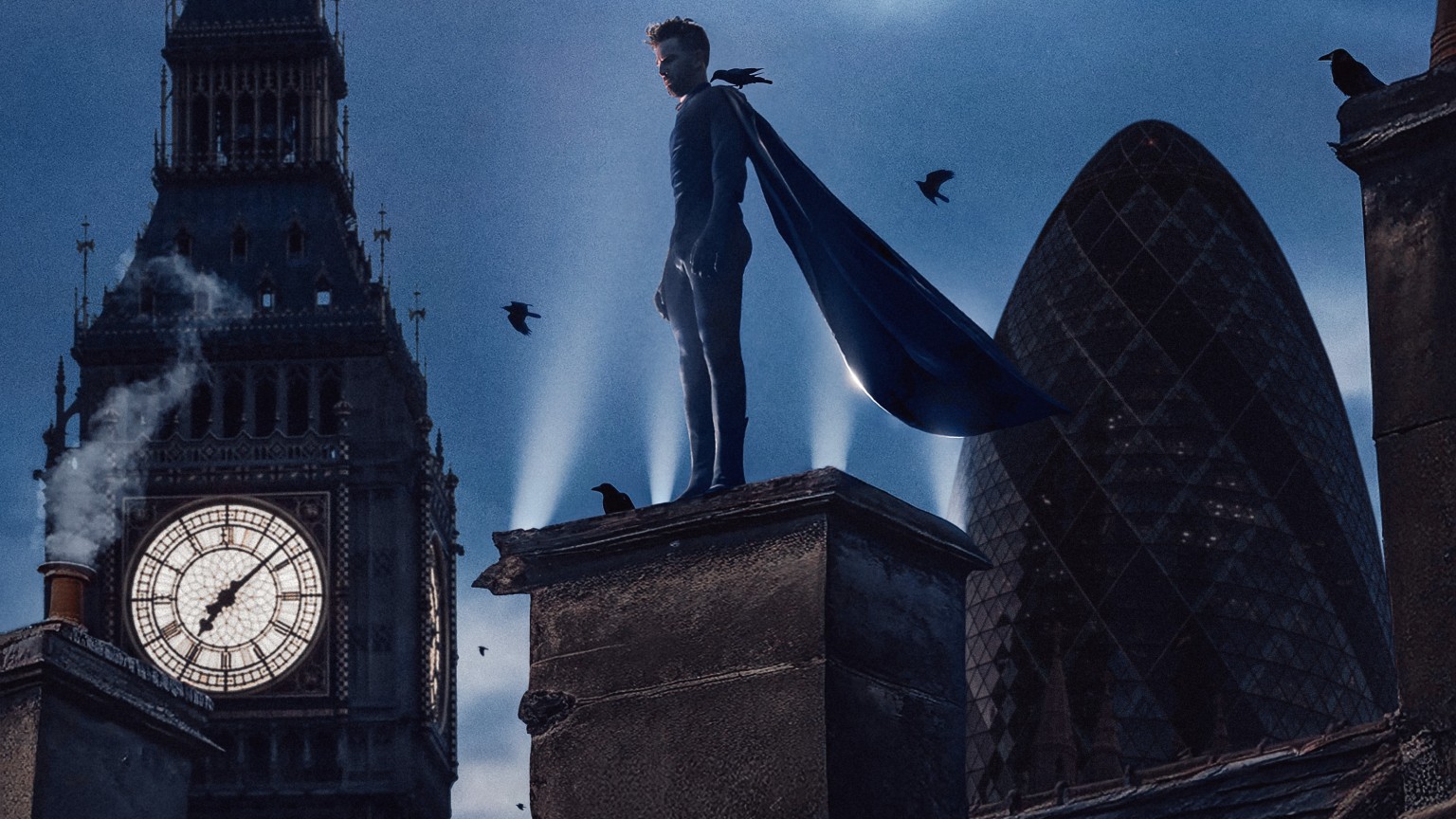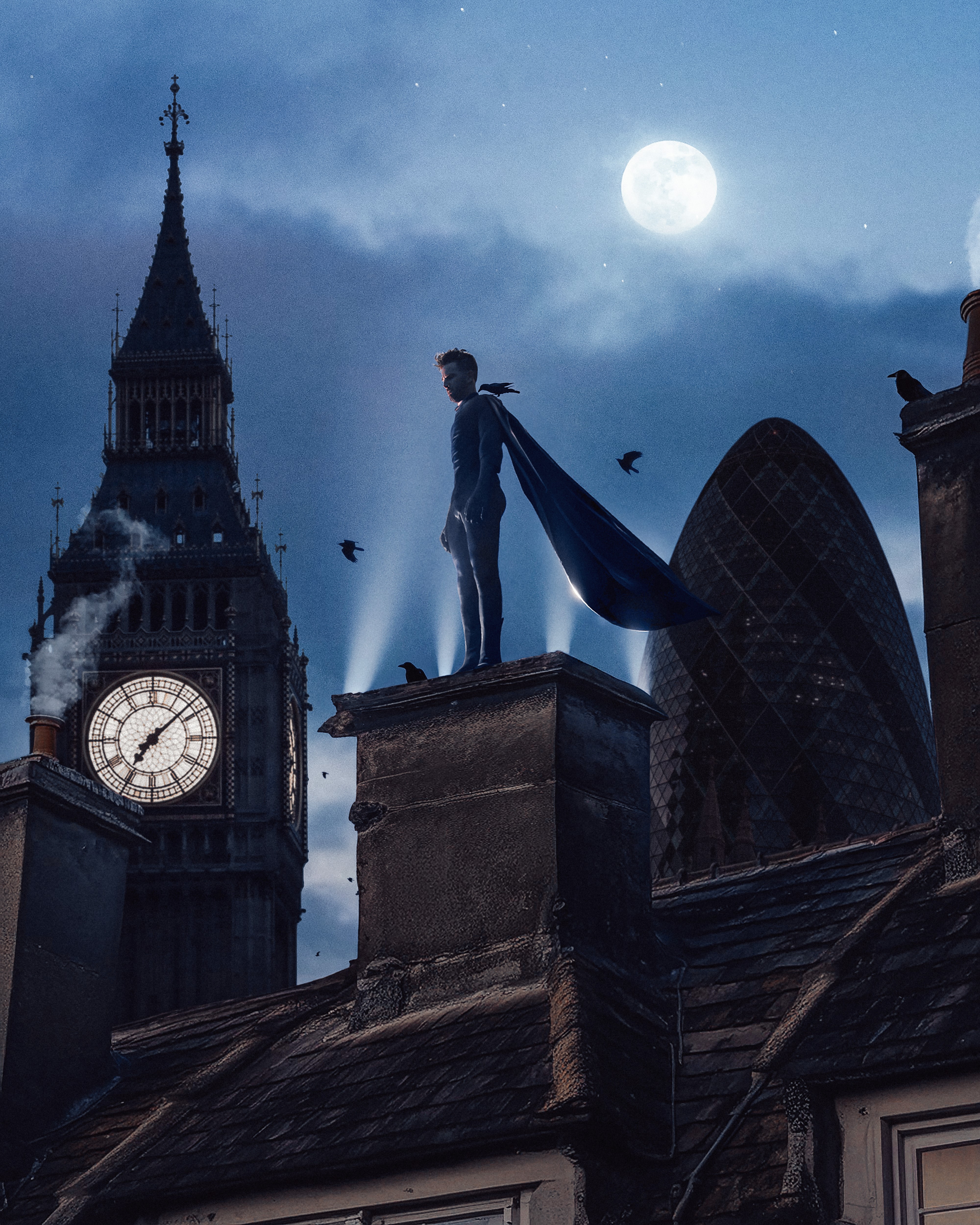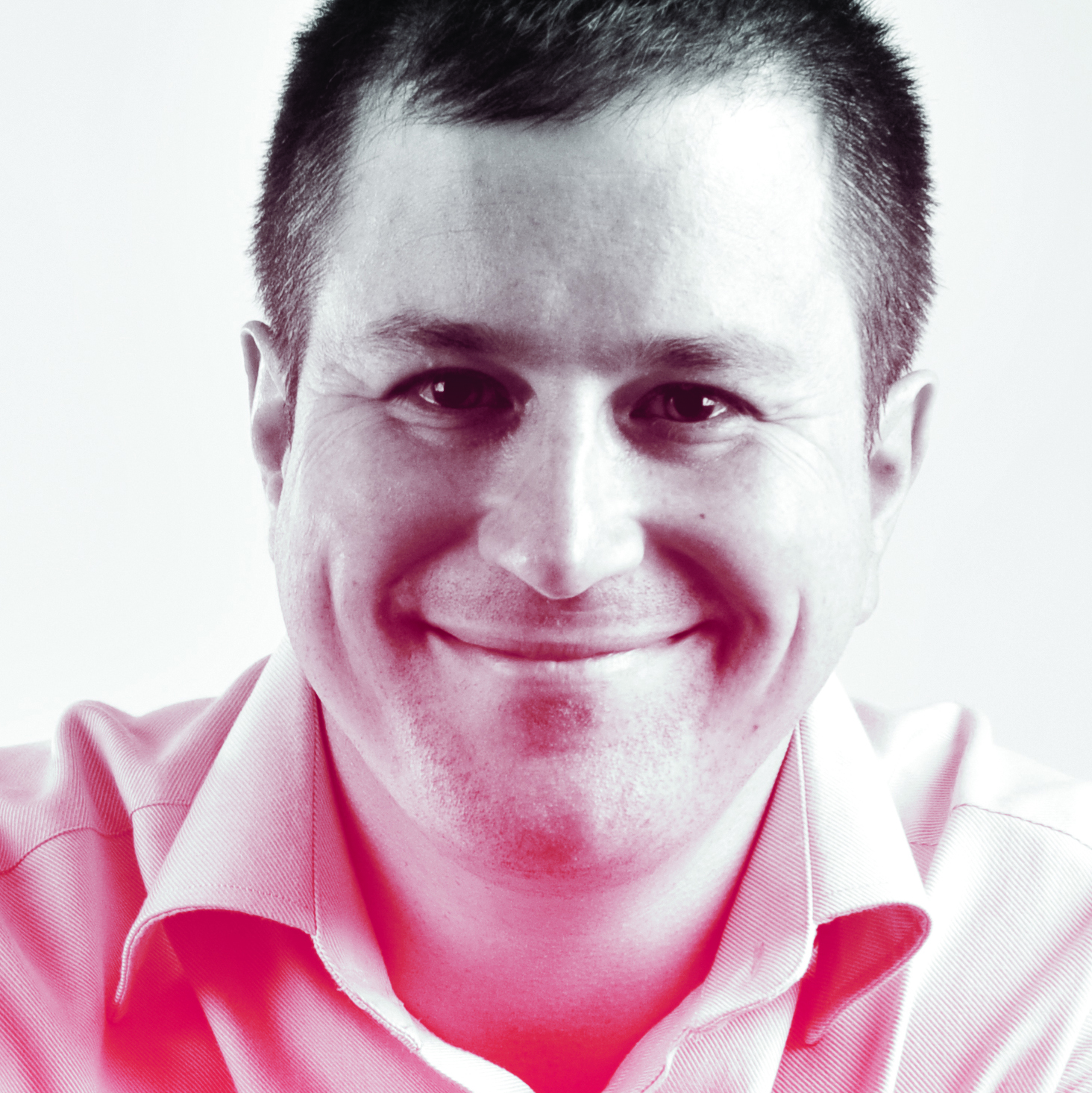
I got a press release last week from Adobe that I found very confusing. For starters, it began with the sentence: "Inspired by the launch of the new American superhero film, which smashed box office records this weekend…" but didn't actually say the name of the film.
On closer inspection, it seemed they were referring Deadpool vs Wolverine, the sweary, violent, R-rated Marvel parody that's been angering critics and pleasing fans around the world. Personally, I loved it, and I don't even like superhero movies, but that's not important. The point is, if Adobe fear a film is too rude for their family-friendly image (despite being made by Disney), why mention it at all?
To my mind, this is one of many examples of how Adobe's PR seems all over the place right now. And that matters to photographers because, actually, it's not really the PR people's fault. (I know many of them and they're all talented and brilliant people). The problem is more that Adobe itself isn't sure what it actually stands for.
Is it for "empowering creatives", as it claims? Or is it actually, perhaps even unknowingly, putting them out of business?
The rise of gen AI
I've written at length about how over the last year, Adobe has seemed hyper-focused on one thing and one thing only: generative AI. And while that may be super-useful for marketing people and other content creators, who want a fast and cheap way to create imagery for their projects, it's ultimately not so great for photographers, who are increasingly being bypassed as a result.
So it's fascinating, in this latest project, to see Adobe team up with an actual photographer to promote the benefits of gen AI and, more specifically, the new Firefly features in Photoshop.
Adam Bird is a creative photographer based in Staffordshire, England. Inspired by fairy tales and nature, he specializes in fine art portraiture, and a quick glance at his Instagram is all you need to see that his work is highly conceptual. So he's exactly the kind of photographer who might actually be able to use generative AI for something useful. That is, ideation and coming up with original and inventive visual concepts.
The best camera deals, reviews, product advice, and unmissable photography news, direct to your inbox!
To pull on that thread a little more, Adobe hired Bird to create a superhero concept using Adobe tools. And the results are indeed impressive.
His superhero, whom he's called 'Sky Guardian', has the ability to soar through the city, possess enhanced vision, and command vast flocks of birds to aid in its vigilant watch over the capital (yes, Bird is his name, and that's not a coincidence). The images he created shows his winged protector set against the iconic London skyline, neatly embodying the essence of urban heroism.
How the images were made
Just to be clear, Adam didn't create these images in AI alone. He actually dressed up a real-life model in a real-life outfit, and then headed to some coastal rocks to shoot a real photo. But then he couldn't find the right stock images to complete the scene, so he used Firefly to fill in the rest.
It's certainly better than a fair few movie posters I've seen in recent years, which often look a bit slapdash and rushed; probably because they are. And its cinematic qualities are a testament to the improvements in Adobe Firefly Image 3, the latest iteration of the AI model which boasts improved photorealistic rendering, enhanced styling options, and better prompt understanding.
In an interview with our sister site, Creative Bloq, Bird explains how using tools like Generative Fill in Photoshop allowed him to rapidly iterate on his concepts, adding and refining elements with ease. In particular, he highlights how Firefly's Structure Reference and Style Reference capabilities allowed him to maintain his signature style while exploring new creative territories.
Where is this all heading?
All very nice, and no doubt some photographers will be keen to play around with Firefly in Photoshop and see what they can create with it. But you have to wonder, how many more will be thinking: is this all eventually going to put me out of a job?
And that's the contradiction at the heart of everything we're likely to see from Adobe over the next few years.
So Adobe finds itself in a delicate position, and to be fair, it's not one I envy. The company's heavy focus on generative AI over the past year has left many photographers feeling uncertain about their place in Adobe's vision for the future. Because while AI can enhance creative workflows, there are valid concerns about job displacement and devaluation of human artistic skills.
As Adobe continues to develop and promote AI capabilities, it will need to carefully navigate this tension. They could benefit from better engagement with the photography community to address concerns and shape AI tools in ways that genuinely empower, rather than potentially replace, photographers. And Adobe certainly needs to be more articulate how it sees AI complementing rather than replacing human creativity.
Tom May is a freelance writer and editor specializing in art, photography, design and travel. He has been editor of Professional Photography magazine, associate editor at Creative Bloq, and deputy editor at net magazine. He has also worked for a wide range of mainstream titles including The Sun, Radio Times, NME, T3, Heat, Company and Bella.



